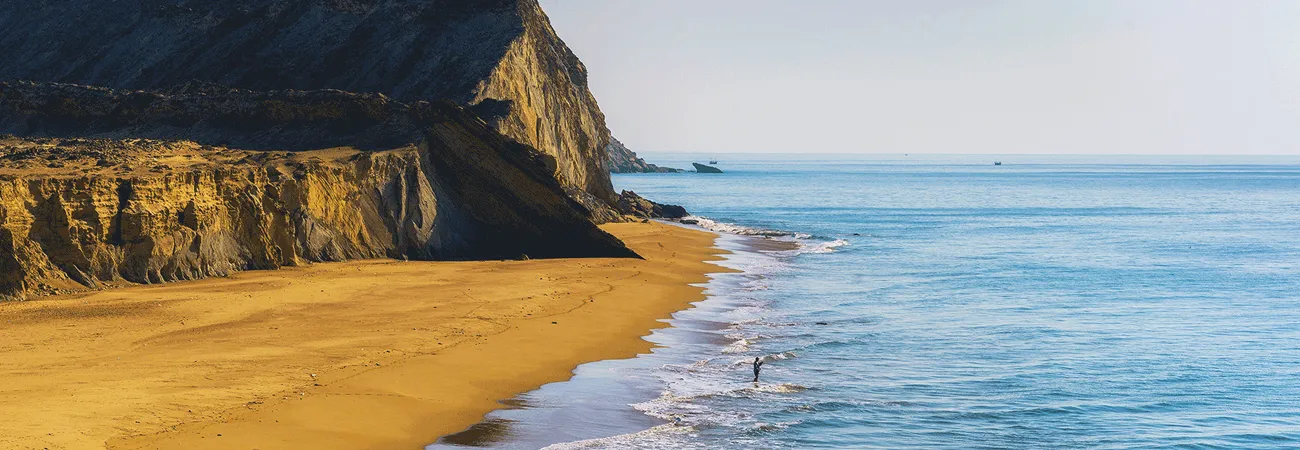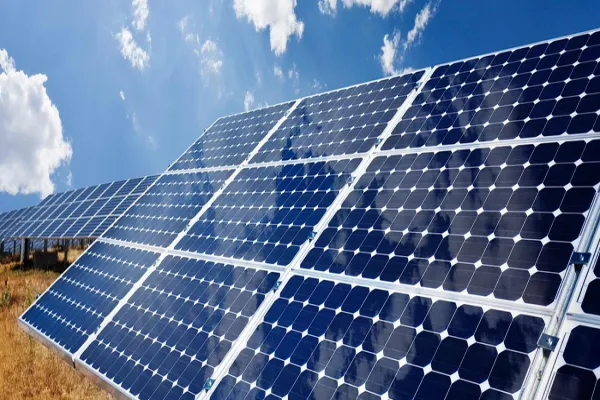i ECONOMY
The launch of the Carbon Trading Project in the coastal belt of Sindh province has generated $40 million in the form of livelihood for the locals, reports WealthPK. The Sindh Forest Department planted around 250,000 acres of Tamarind forests in three districts – Sujawal, Thatta and Badin. The project started in 2015 under a public-private partnership, which, according to officials, has so far generated $40 million. Talking to WealthPK, Riyaz Ahmad, Conservator Sindh Forest Department, said the provincial government’s share in this’ role model’ project was 40 percent, while the share of Delta Blue Carbon, a private concern, was 60 percent.
For this, land, permits and technical support were all provided by the Sindh Forest Department, while all investment and management matters remained with Delta Blue Carbon. This is a 30-year project of which only the first part has been completed. Delta Blue Carbon will invest $50 million in the entire project. Their investment and management affairs and performance are fully scrutinized by the Government of Sindh and the Forest Department.
“If the performance does not improve, the Sindh government and the forest department have the power to cancel the contract,” he explained. Riyaz said the responsibility for carbon trading lay with Delta Blue Carbon. For this, they look for international companies and countries, who get third-party verification of the project before buying carbon. Carbon is purchased after a thorough investigation.
He further said the world’s largest carbon sequestration or carbon trading project was currently being implemented by planting Tamar forests in the delta, which had started bearing fruit. “We expect the delta’s environment, which was headed for disaster, to improve,” said Rafiul Haque, an environmental expert. He said Tamar was a very eco-friendly tree that could improve the environment and absorb carbon. It is a delta native tree that leaves its beneficial effects early.
According to Riyaz, apart from the reduction of total carbon and greenhouse gas emissions, this project created 21,000 jobs, benefiting a population of 49,000. Describing its many benefits, he said the three districts of Sindh were “environmentally affected.” “We have planted these forests in marshy places by the sea and water. They protect the soil from erosion, breed fish and are also beneficial for biodiversity,” he said.
According to Riaz, trees on one hectare of Tamar “yield 58,000 dollars in three years, including its wood.” He explained that earthen dams were built to protect settlements from water that previously would have broken under pressure. “Now we see that these dams are safe for a long time and water pressure is maintained thanks to the new Tamar forests,” he added. By now, he said, the total market of carbon trade has reached 700 billion dollars. To take advantage of this opportunity, plans will have to be made and executed quickly. Countries like Pakistan, which account for less than one percent of carbon emissions, need to improve the environment by planting trees, thereby reaping the financial benefits in return.
Credit: Independent News Pakistan (INP)








